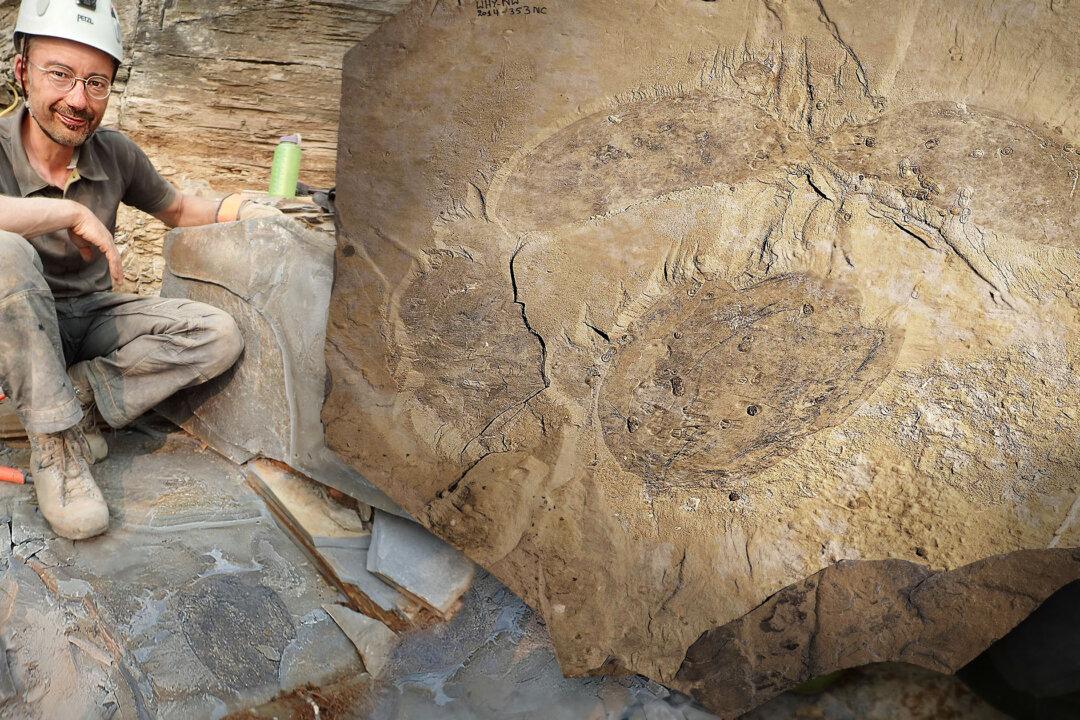The remains of a huge new half-a-billion-year-old extinct animal have been unearthed in the Rocky Mountains.
Scientists uncovered the fossil belonging to the newly discovered species that roamed the seas during the Cambrian period.

The remains of a huge new half-a-billion-year-old extinct animal have been unearthed in the Rocky Mountains.
Scientists uncovered the fossil belonging to the newly discovered species that roamed the seas during the Cambrian period.